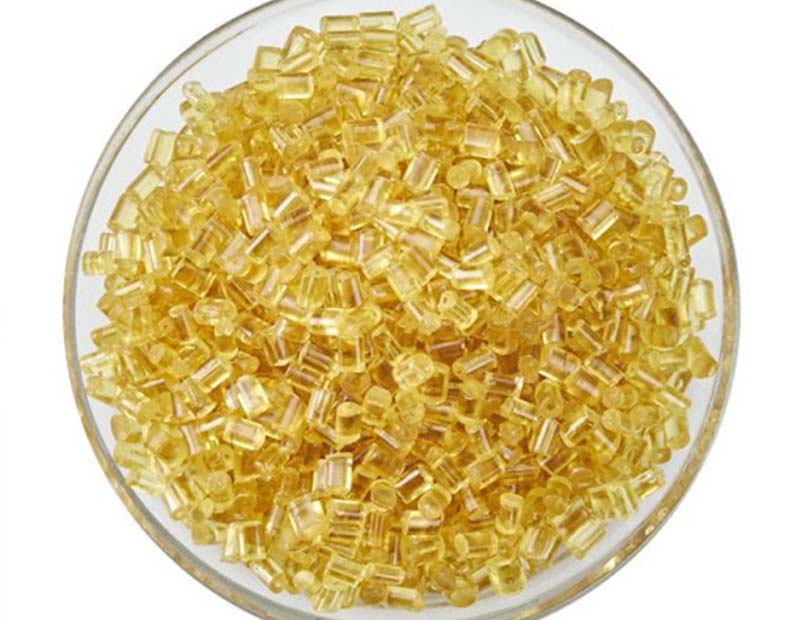PEI material, or Polyetherimide material, is a type of high-performance plastic known for its exceptional thermal stability, mechanical strength, and flame retardancy. As a widely used engineering thermoplastic, PEI has become an essential material in industries that demand precision, durability, and long-term reliability under extreme conditions.

Chemical Structure and Key Characteristics
PEI polymer is an amorphous, amber-to-transparent thermoplastic resin based on the polyetherimide molecular structure. It is primarily made from bisphenol A and phthalic anhydride, linked through ether and imide bonds. This chemical configuration gives PEI its unique blend of properties:
High temperature resistance (continuous use up to 170°C / 338°F)
Excellent dimensional stability
Intrinsic flame retardancy (UL94 V-0 rated)
Low smoke generation and low toxicity
Superior electrical insulation
Good chemical resistance to oils, greases, and many solvents
Because of these traits, PEI is often referred to as a PEI heat resistant plastic, PEI high temperature polymer, and PEI flame retardant material.
Common Forms and Processing Methods
PEI is commercially available in a variety of forms to suit different industrial needs:
PEI sheet, PEI rod, and PEI tube – suitable for CNC machining and prototyping
PEI Resin / PEI plastic granules – used in PEI injection molding to manufacture precision parts
PEI 3D printing filament – ideal for additive manufacturing of functional prototyPES and aerospace-grade components
Due to its excellent flow characteristics and thermal stability, PEI is easy to process using standard techniques like extrusion, molding, and machining.
PEI vs. Other High-Performance Plastics
PEI is often compared with other engineering thermoplastics such as:
Compared to PPS, PEI provides better impact strength and dimensional stability.
Compared to PAI (Polyamide-imide), PEI is more affordable and easier to process, though PAI may offer slightly higher heat performance.
This balance of strength, stability, and cost-effectiveness makes PEI engineering thermoplastic a go-to solution for many industries.
Typical Applications
Thanks to its robust properties, PEI plastic is widely used across multiple sectors:
Aerospace & Defense: Lightweight structural components, wire insulation, cable connectors
Automotive: Under-the-hood parts, sensor housings, LED reflectors
Electronics: PEI electrical insulation material for printed circuit boards and connectors
Medical Devices: Sterilization-resistant components (e.g., surgical tools, dental equipment)
3D Printing: High-strength, thermally stable components using PEI 3D printing filament
Whether it's injection molded or CNC machined from PEI sheet or rod, this material meets stringent requirements for performance and safety.
As a PEI polymer with excellent thermal, mechanical, and electrical properties, Polyetherimide offers unmatched value in high-demand environments. Its versatility in form—PEI resin, filament, rod, or sheet—makes it suitable for a wide range of applications, from PEI injection molding of precision parts to 3D printing of aerospace components.
If you're looking for a PEI high performance plastic with built-in flame retardancy, high heat resistance, and long-term stability, PEI material is a top-tier choice that outperforms many conventional thermoplastics.






